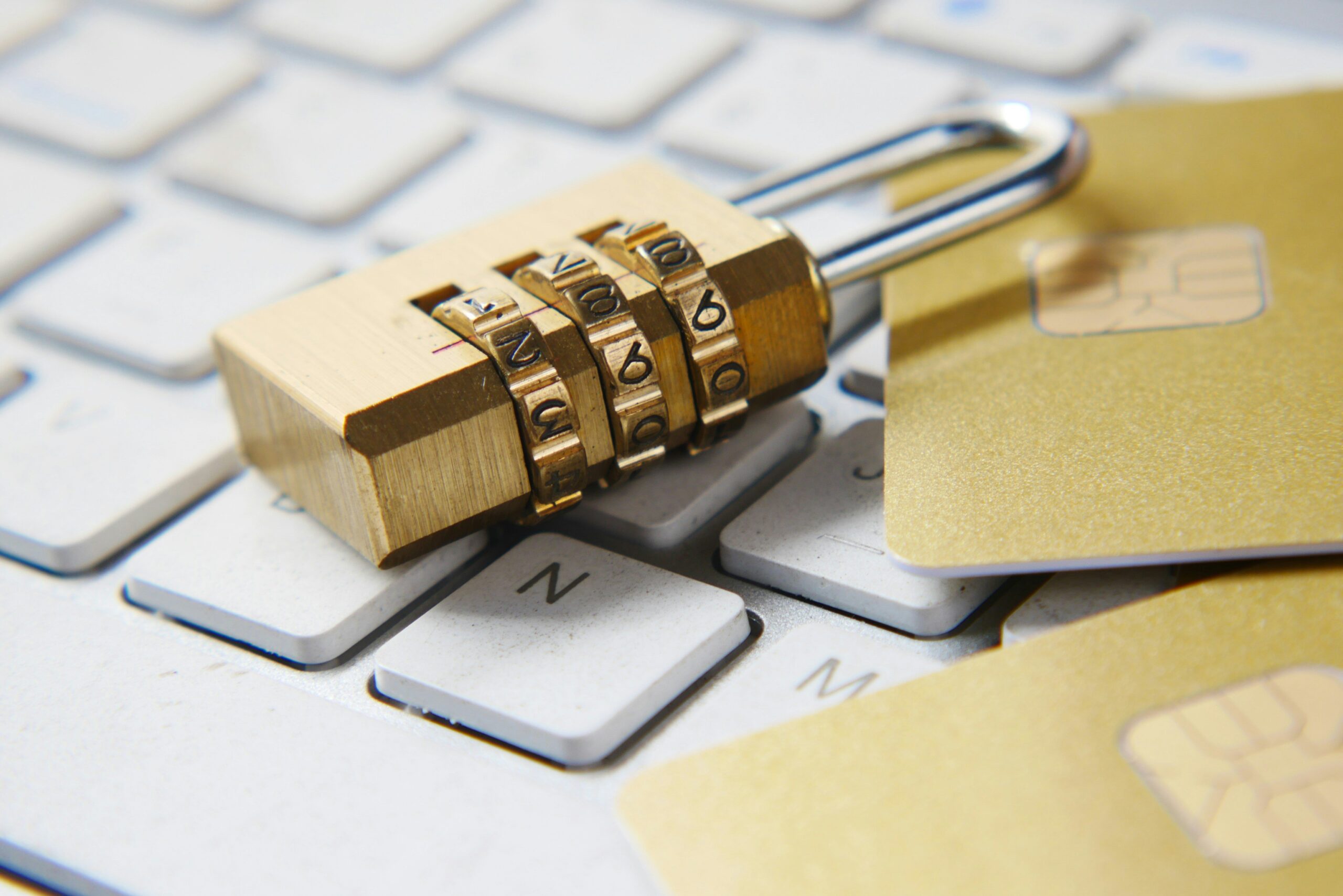Have you ever clicked on a link only to realize too late that it smelled “phishy”? According to Verizon’s 2023 Data Breach Investigations Report, phishing attacks account for over 36% of all data breaches. Yikes.
In this post, we’ll unravel the tangled web of phishing website detection—why it matters, how to identify these sneaky sites, and actionable strategies to protect yourself or your organization. Plus, I’ll share a story about how I almost fell victim… and why my coffee addiction saved me. You’re welcome.
Table of Contents
- Key Takeaways
- The Growing Threat of Phishing Websites
- Step-by-Step Guide to Detecting Phishing Websites
- 5 Best Practices for Staying Safe Online
- Real-Life Example: When Good URLs Go Bad
- FAQs About Phishing Website Detection
- Conclusion
Key Takeaways
- Phishing websites mimic legitimate ones to steal sensitive information.
- User awareness and tools like anti-phishing extensions can drastically reduce risks.
- Avoid clicking links from unverified sources and scrutinize URLs carefully.
The Growing Threat of Phishing Websites

Remember the last time you got an email claiming your package delivery had failed? Odds are, it wasn’t FedEx—it was a phisher fishing for your personal info.
I once clicked on what looked like a harmless Netflix renewal email because let’s face it, who can resist binge-watching their favorite shows uninterrupted? Fortunately, mid-click, my caffeine-deprived brain screamed STOP. A quick scan revealed that instead of “netflix.com,” the URL read something like “netf1ix-support-online[dot]com.” Close enough to fool but not quite right.
Optimist Me: “At least I caught it in time!”
Grumpy Me: “Yeah, after nearly spilling my coffee everywhere.”
This is why understanding phishing website detection is critical. Not everyone has hawk-eyed instincts—or caffeinated paranoia—to catch these scams before they strike.
Step-by-Step Guide to Detecting Phishing Websites
1. Inspect the URL
Always check the domain name. Legitimate companies don’t use misspellings or odd subdomains.
2. Look for HTTPS Encryption
Secure sites start with “https” and feature a padlock icon in the browser bar. While HTTPS isn’t foolproof against phishing, its absence raises red flags.
3. Analyze Email Content Closely
Phishing emails often include typos, generic greetings (e.g., “Dear Customer”), urgent language (“Act NOW!”), or attachments/files demanding downloads.
4. Use Anti-Phishing Tools
Browser extensions like Avast Online Security or Google Safe Browsing warn users about suspicious sites automatically.
5. Hover Over Links
Before clicking, hover your mouse over hyperlinks to preview the actual destination address. If it looks sketchy, don’t proceed!
5 Best Practices for Staying Safe Online
- Enable Two-Factor Authentication (2FA): Even if credentials get compromised, 2FA adds another layer of security.
- Regularly Update Software: Patches fix vulnerabilities exploited by attackers.
- Educate Yourself & Others: Host regular training sessions focused on identifying phishing attempts.
- Don’t Trust Public Wi-Fi Networks: Hackers frequently exploit open networks to intercept sensitive data.
- (Terrible Tip Warning!) Keep Clicking Random Links Until Something Goes Wrong: *This is terrible advice. Please ignore.*
Rant Time: Why Aren’t More Companies Proactive?
Why do businesses wait until AFTER a breach to implement stronger cybersecurity measures? It feels like trying to fix a flat tire while still driving down the highway. Prioritize prevention already!
Real-Life Example: When Good URLs Go Bad

In 2022, a major phishing campaign targeted PayPal users, tricking thousands into entering account details via spoofed login pages. These impostor sites replicated every visual detail except one glaring flaw—their URLs didn’t match official PayPal domains.
FAQs About Phishing Website Detection
What Is Phishing Website Detection?
Phishing website detection involves recognizing deceptive websites designed to steal personal information through imitation tactics.
How Can I Identify a Phishing Email?
Look for poor grammar, suspicious sender addresses, unsolicited attachments, and requests for private info.
Are All Suspicious Sites Reported Quickly?
No, reporting delays happen due to unawareness. Always report potential threats promptly using platforms like Google Safe Browsing.
Conclusion
Detecting phishing websites may seem daunting, but armed with knowledge and proactive habits, you can outsmart digital predators. From URL inspection to leveraging tech tools, each step counts toward safeguarding yourself online.
And remember, sometimes all it takes is pausing for a sip of coffee before hitting “submit.” Keep calm, stay vigilant—and never underestimate the power of caffeine in cyber defense!
Like dial-up internet, some lessons feel outdated yet remain essential. Cheers to staying safe out here, folks!
*PS: Stay sharp; phishers evolve faster than ’90s boy bands.* 🎤
Haiku moment:
Screen glows bright and blue,
Fake site mimics truth so well—
Pause. Think. Then click no.


